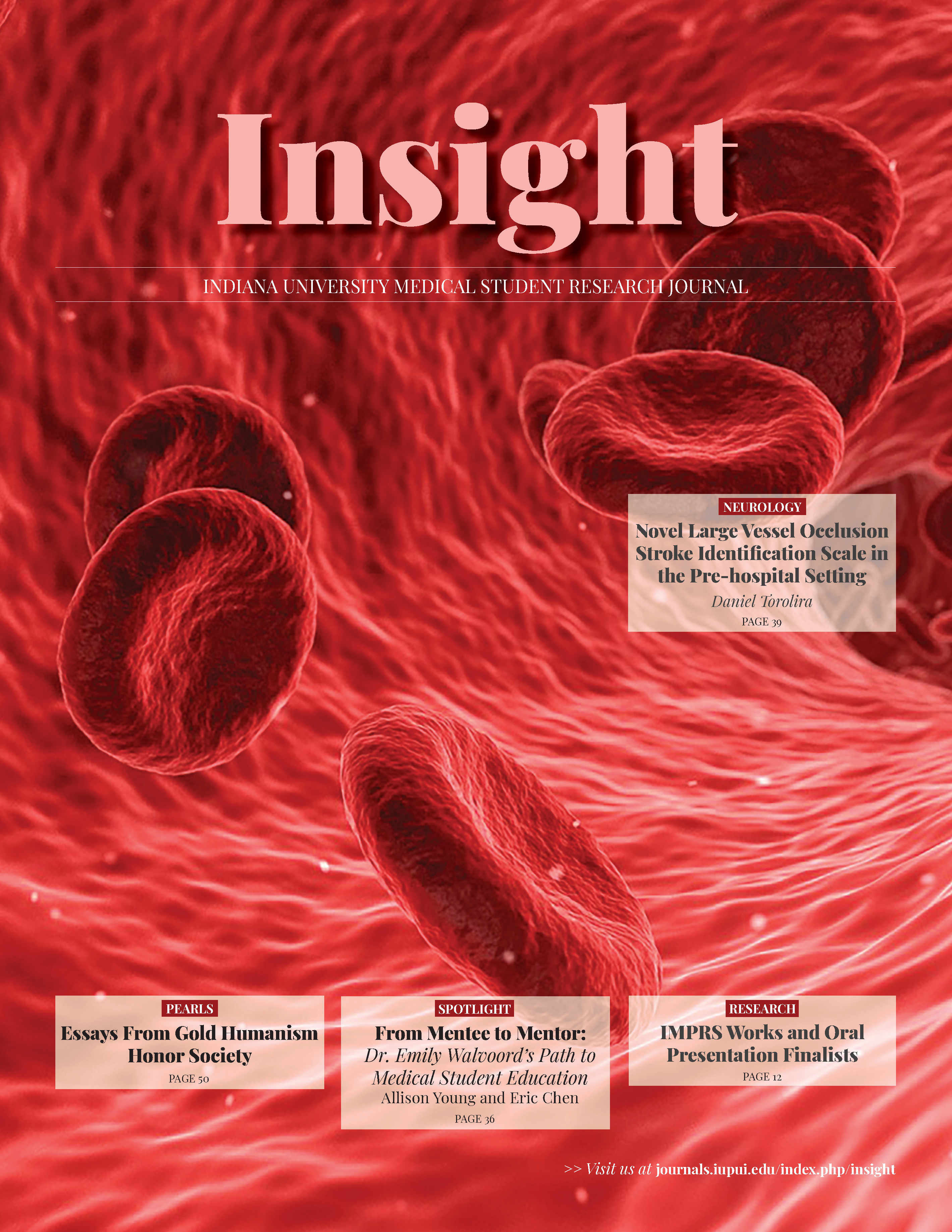SHROOM3 is a Novel Component of the Planar Cell Polarity Pathway Whose Disruption Causes Congenital Heart Disease
Abstract
Background: Congenital heart disease (CHD) is a significant contributor to neonatal mortality, yet the molecular mechanisms underlying most disease remain unknown. In a patient with CHD we previously utilized whole exome sequencing to identify a novel CHD candidate gene, SHROOM3. SHROOM3 is implicated in human neural tube and kidney defects but mostly unexplored in CHD. SHROOM3 encodes a protein which localizes to the apical portion of cells and induces cytoskeletal changes, including ACTOMYOSIN constriction. In addition, SHROOM3 binds DISHEVELED2 and ROCK1, both key components of the noncanonical Wnt/planar cell polarity signaling pathway (PCP). PCP signaling influences numerous developmental processes, in part through regulating ACTOMYOSIN constriction. In previous studies, the Ware Lab identified that Shroom3gt/gt mice have incompletely penetrant heart defects, including ventricular septal defects (VSD), double outlet right ventricle (DORV) and left ventricular noncompaction, and Shroom3gt/gt mice have diminished cardiac neural crest cell staining in the outflow tract; this CHD spectrum phenocopies PCP disruption. We hypothesize that SHROOM3 is a novel component of the PCP pathway and disruption of this gene results in CHD.
Methods: Heterozygous SHROOM3gt/+ and DVL2-/+ mice are phenotypically normal and fertile. To demonstrate that SHROOM3 interacts with DVL2 and the PCP pathway during cardiac development, we analyzed compound SHROOM3gt/+;DVL2-/+ embryos for CHD phenotypes. We also employed immunohistochemistry (IHC) to assess for evidence of PCP disruption in homozygous SHROOM3gt/gt embryos.
Results: There is a decreased frequency of compound SHROOM3gt/+;DVL2-/+ embryos as compared to anticipated Mendelian ratios (observed: 18.4%; expected: 25%; n=76), suggesting potential embryonic lethality. One compound SHROOM3gt/+;DVL2-/+ embryo has DORV and VSD, characteristic of PCP disruption. IHC also demonstrates disrupted actomyosin in the SHROOM3gt/gt mice, characteristic of PCP disruption.
Conclusion: These data help strengthen SHROOM3 as a novel CHD candidate gene and a component of the PCP Signaling pathway. Further characterization of this gene is important for CHD diagnosis and therapeutic development.
Downloads
Published
Issue
Section
License
Copyright to works published in Insight is retained by the author(s).

